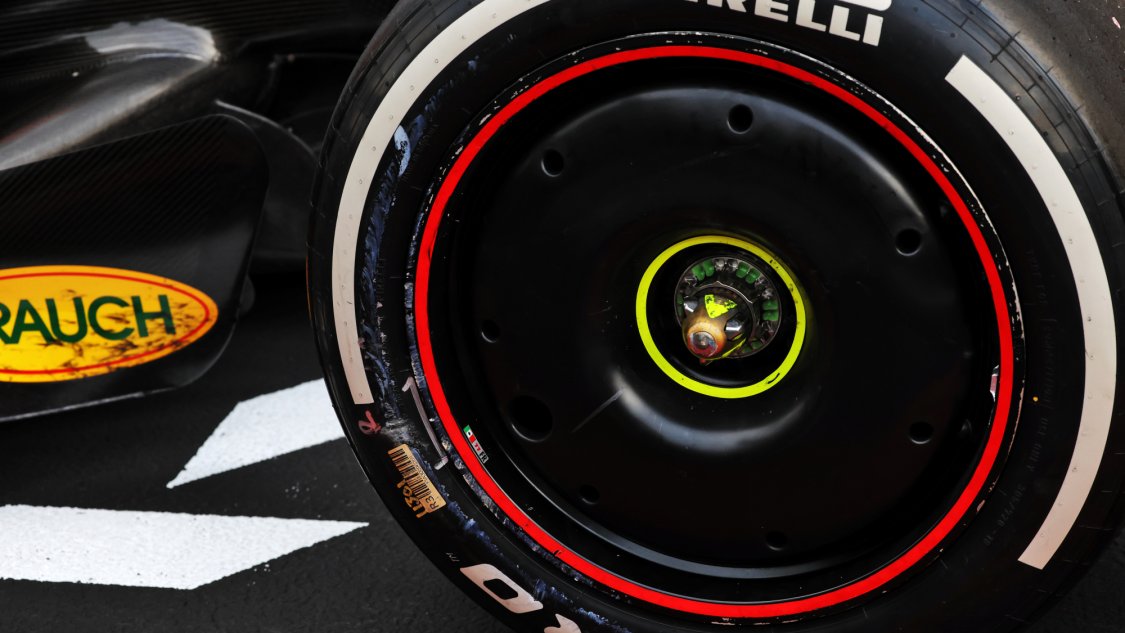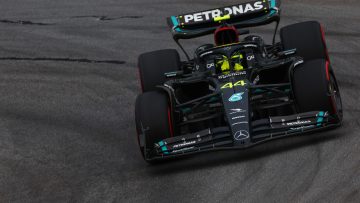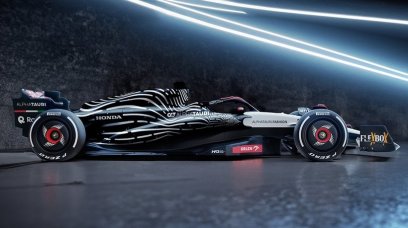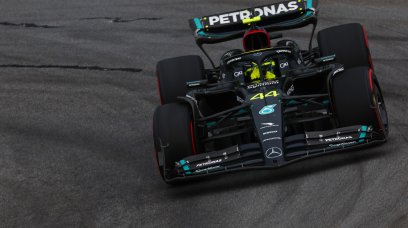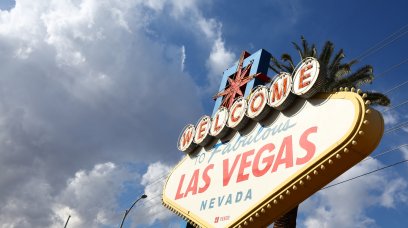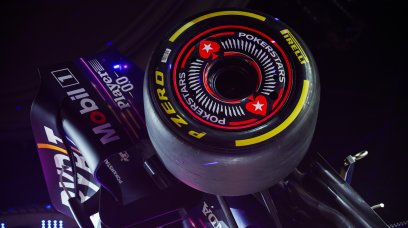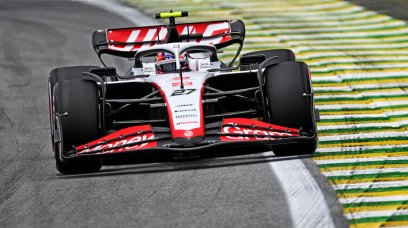Pirelli believes the Las Vegas Grand Prix will be a "major technical challenge" owing to a lack of running at the track - and the fact that the Strip will be open to the public during the day.
Part of the 17-turn track features a 1.1-mile blast down the famous Las Vegas Strip, with new asphalt being laid in places with drivers also having to contend with the usual street surfaces.
Cold temperatures are expected in Nevada, with sessions taking place at least six hours after sunset every day meaning the low temperatures, coupled with long straights will make tyre warm-up difficult.
To combat this, the softest tyres in the Pirelli range will be available as the Italian manufacturer highlighted the rare situation of the track being open to the public as a potential issue.
Viewed by others:
Pirelli's Las Vegas preview
"It will also be a major technical challenge for both the teams and us, as we head into this race with no real references apart from simulation," explained Pirelli's Head of Motorsport, Mario Isola.
"Nobody has ever actually driven the 6.12-kilometre Las Vegas Strip circuit before, which is second only to Spa in terms of overall length this year, characterised by three straights and 17 corners.
"The surface will be a mix of the usual street asphalt, especially on the actual Strip, as well as other parts that have been completely re-asphalted for the occasion; adding another unknown element.
"There won’t be any support races and the track will be opened again to normal traffic for long chunks of the day, which means that the surface won’t rubber in as usual and deliver improved grip.
"We’ve selected the trio of softest compounds for this weekend: C3, C4, and C5, which should guarantee good grip.
"Minimum tyre pressures should be 27 psi at the front and 24.5 psi at the back, due to the expected low temperatures as well as the track layout.
"In cold conditions, the gap between cold tyre pressures and normal running pressures is greatly reduced – so when the car is moving, tyre pressure will increase a lot less than on other circuits due to the low asphalt temperatures.
"As a result, we think that running pressures will still be lower than on other circuits that are tough on tyres, such as Baku for example."
